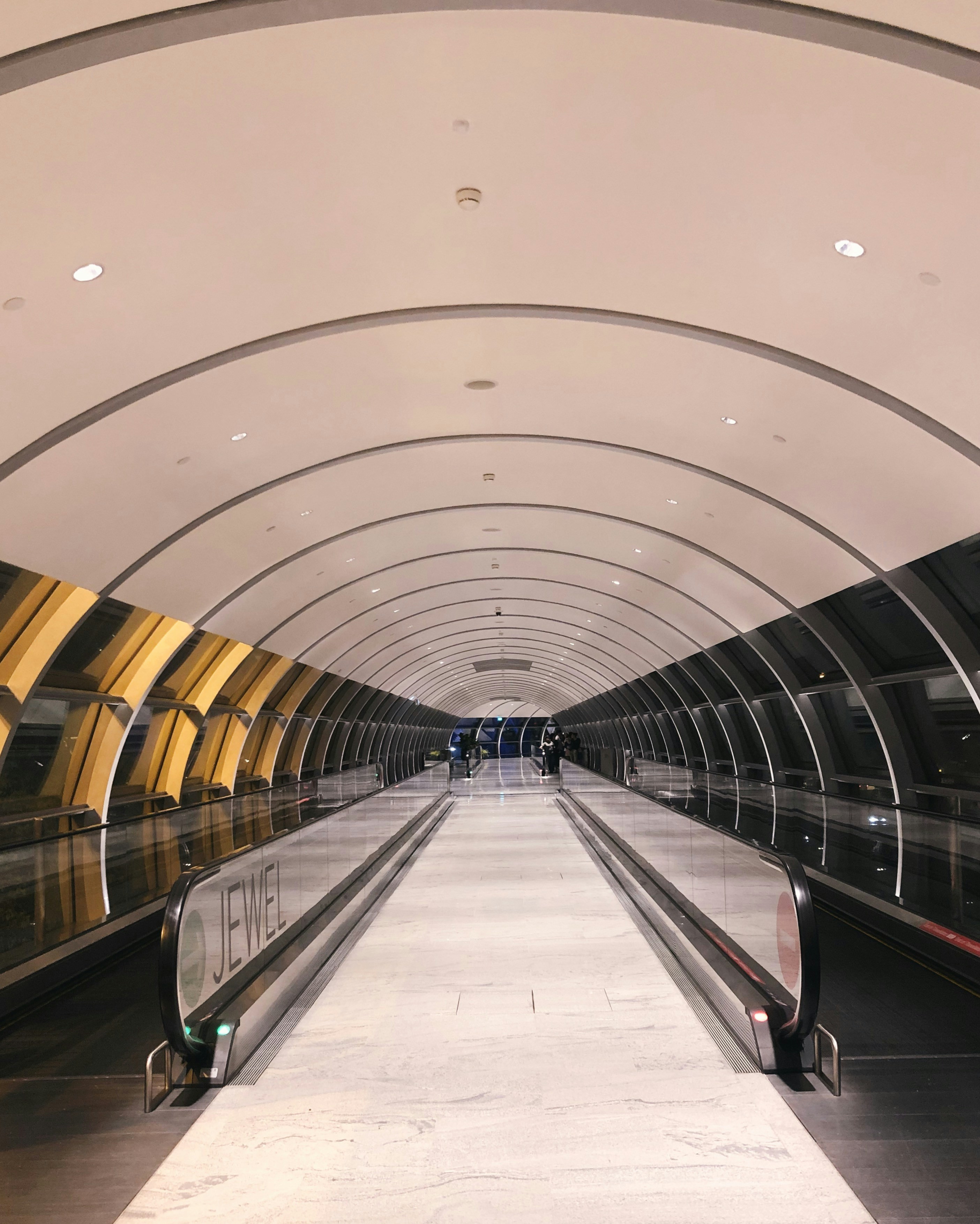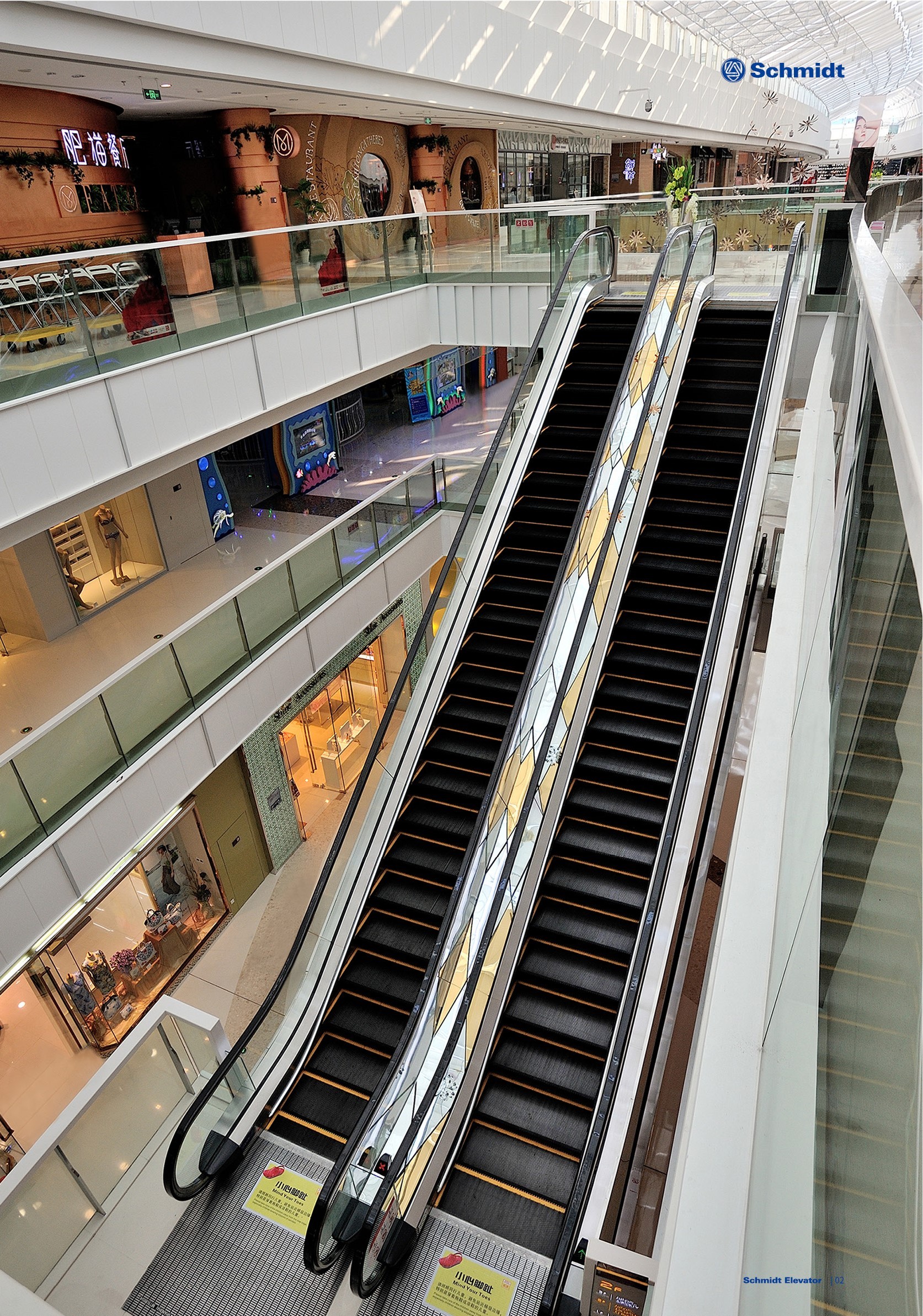Introduction

In the hustle and bustle of modern life, moving stairs and walks have become essential fixtures in our daily routines. These automatic moving stairs, commonly known as escalators, serve as a bridge between different elevations, making it easier for us to navigate spaces like malls, airports, and subway stations. But what is the name of the moving staircase that helps us ascend or descend with minimal effort? Let’s dive into the fascinating world of these mechanical marvels.
Understanding Moving Stairs and Walks
When we think about moving stairs called escalators or walking surfaces known as moving walks, we often overlook their intricate design and purpose. These innovations are not just about convenience; they play a crucial role in enhancing mobility for everyone—from busy commuters to those with mobility challenges. What is a rolling staircase called? Well, it’s an escalator that provides seamless transitions between floors while ensuring safety and accessibility.
The Role of Escalators in Everyday Life
Escalators have become synonymous with efficiency in urban environments. They significantly reduce the time spent navigating flight stairs by allowing individuals to glide effortlessly from one level to another. With various types of escalators designed for different settings—be it retail spaces or transport hubs—they cater to diverse needs while contributing to smoother traffic flow.
Clarifying the Mechanics of Mobility
To fully appreciate how these automatic moving stairs function, it's essential to understand their mechanics. Escalators operate on a simple yet effective system that combines engineering brilliance with user-friendly design. By clarifying how these machines facilitate movement, we can better grasp their significance in enhancing our daily commutes and overall travel experiences.
What are Escalators?

Escalators, often referred to as moving stairs, are mechanical devices designed to transport people between different floors of a building. These automatic moving stairs operate on a continuous loop, providing a reliable means for individuals to navigate vertical spaces without the exertion of traditional stair climbing. So, what is the name of the moving staircase that has become an integral part of modern architecture? You guessed it—escalators!
Definition of Escalators
An escalator is essentially a conveyor belt in the form of steps that moves people up and down between levels. They are equipped with handrails that move in sync with the steps, ensuring users maintain their balance while riding. When you ask, What is a rolling staircase called? the answer is simple: it's an escalator—a marvel of engineering that combines functionality with user convenience.
Types of Escalators
There are several types of escalators designed for various applications and environments. For instance, inclined escalators are commonly found in places like shopping malls or transit stations where space is limited but mobility needs to be maximized. Additionally, some specialized types include outdoor escalators and those designed for heavy-duty use in commercial settings; both fall under the broader category known as Types of Escalators.
How Escalators Enhance Accessibility
Escalators play a crucial role in enhancing accessibility for individuals with mobility challenges or those carrying heavy loads. By providing automatic moving stairs, they allow easier transitions between floors without requiring physical effort from users—an essential feature in busy urban environments and large public spaces. In essence, these ingenious machines ensure that everyone can access different levels comfortably and efficiently; they truly embody what flight stairs should be—a seamless connection within our architectural landscapes.
What are Moving Walks?

Moving walks, often referred to as moving walkways or travelators, are a form of transportation designed to facilitate the movement of pedestrians over short distances. They consist of a flat conveyor system that transports people along a horizontal path, making them particularly useful in airports, train stations, and large shopping centers. These automatic moving stairs offer a seamless transition from one point to another while requiring minimal physical effort from users.
Definition of Moving Walks
At their core, moving walks are engineered to provide an efficient means for people to travel horizontally without the exertion associated with walking. Unlike traditional escalators—which are inclined and primarily designed for vertical movement—moving walks maintain a level surface that allows users to stand or walk at their own pace. This innovation in design caters specifically to those who may have mobility challenges or simply wish to conserve energy during longer journeys.
Differences from Escalators
The primary distinction between moving walks and escalators lies in their orientation and functionality. While escalators are often referred to as moving stairs due to their sloped design—allowing for upward or downward travel—moving walks remain flat and serve only horizontal purposes. Additionally, escalators typically feature steps that move in a continuous loop, whereas moving walks utilize a smooth surface that can accommodate both standing passengers and those who prefer walking alongside the conveyor belt.
Benefits of Moving Walks in Transportation
Moving walks provide several advantages in various transportation settings by enhancing accessibility and comfort for travelers. For instance, they help reduce fatigue during long airport treks where travelers might otherwise be required to walk significant distances between terminals or gates. Furthermore, these systems can significantly streamline passenger flow in crowded areas by allowing individuals to move efficiently without needing the physical exertion associated with navigating flight stairs or long hallways.
Key Differences Between Escalators and Moving Walks

When it comes to enhancing mobility in public spaces, escalators and moving walks serve distinct purposes. While both are designed to assist with movement, their designs cater to different needs and environments. Understanding these differences can help clarify what is the name of the moving staircase that best suits your specific situation.
Design and Usage
The design of escalators, often referred to as moving stairs called, features a continuous loop of steps that ascend or descend between two levels. They are engineered for vertical transport, making them ideal for locations such as shopping malls, airports, and subway stations where quick elevation changes are necessary. In contrast, moving walks are horizontal conveyor belts designed for flat surfaces; they facilitate longer distances without requiring users to exert much effort while walking.
While both types of systems fall under the umbrella of automatic moving stairs technology, their usage contexts differ significantly. Escalators excel at connecting different floors quickly, while moving walks enhance comfort over longer distances in large spaces like airports or convention centers. This distinction is crucial when considering how best to navigate through various environments.
Speed and Functionality
In terms of speed and functionality, escalators typically operate at a faster pace compared to moving walks; this rapid movement makes them an efficient option for those looking to save time while navigating between levels. The average speed of an escalator ranges from 0.3 to 0.6 meters per second depending on its design and intended use—ideal for quick transitions between flights of stairs called different levels in busy venues.
Moving walks operate at a slower speed—generally around 0.5 meters per second—allowing users more leisurely travel without fatigue on longer journeys across expansive areas like airports or train stations. This functionality encourages passengers not only to stand still but also walk briskly alongside the belt if they desire quicker transit times. Both systems have unique advantages based on their intended use cases: rapid elevation versus extended horizontal travel.
Popular Locations for Each
Escalators find their primary homes in places where vertical movement is essential; popular locations include shopping malls where shoppers frequently move between floors or transit hubs like train stations that require quick access between platforms or concourses. The visibility and utility of these automatic moving stairs make them indispensable in densely populated areas where time is often of the essence.
On the other hand, you’ll find moving walks predominantly in large-scale venues such as airports or amusement parks where long stretches require comfortable navigation without exhausting foot traffic flow—think about those lengthy terminals! Their presence enhances user experience by easing the burden of traveling long distances within sprawling complexes while also reducing congestion during peak hours.
Conclusion

In our exploration of moving stairs and walks, we've uncovered their vital roles in enhancing mobility and accessibility in our daily lives. Escalators and moving walks serve unique purposes, catering to different needs in various environments. Understanding the nuances between these automatic moving stairs can help us appreciate their contributions to modern transportation.
Escalators Support Quick Mobility
Escalators, often referred to as moving stairs, are designed for efficiency and speed, making them ideal for high-traffic areas. These automatic moving stairs facilitate quick transitions between different levels of buildings, such as shopping malls or airports. Their design allows individuals to maintain a steady pace while navigating the vertical landscape without the need for additional effort.
Moving Walks Improve Travel Comfort
On the flip side, what is a rolling staircase called? While that term might not be accurate for moving walks, these conveyor-like paths provide a leisurely alternative to escalators. Moving walks are perfect for longer distances where comfort takes precedence over speed; they allow travelers to relax while gliding along without exerting much energy at all.
Schmidt Elevator Co.: Innovation in Vertical Transport
As we delve into the world of vertical transport innovations, Schmidt Elevator Co. stands out with its commitment to advancing both escalators and moving walks technology. By developing various types of escalators tailored for specific applications, they enhance accessibility across diverse environments. Their focus on creating efficient automatic moving stairs ensures that everyone can benefit from improved mobility solutions.

